
Types of Appliances
Check out our Youtube page for videos of some of the orthodontic appliances we use.
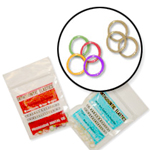
Elastics (Rubber Bands)
Wearing elastics (also called rubber bands) improves the fit of your upper and lower teeth. Wear rubber bands as instructed and remember they work far more efficiently if they’re worn as prescribed. If you do not wear them as instructed, this will likely increase your treatment duration.
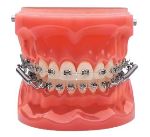
Forsus™
The Forsus Fatigue-Resistant Device is an alternative to headgear which promotes growth in adolescents, helps to eliminate excessive overbites, improves the fit of teeth, and possibly prevents the need for jaw surgery.
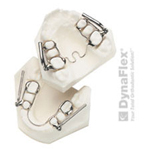
Herbst® Appliance
The Herbst® appliance reduces overbite by encouraging the lower jaw forward and the upper molars backward. This fixed appliance is used mostly for younger, growing children and is worn for about 12 to 15 months.
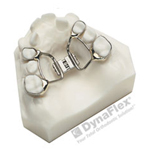
Palatal Expander (Hyrax or Schwartz)
The palatal expander “expands” (or widens) your upper jaw by putting gentle pressure on your upper molars each time an adjustment is made. The doctor will instruct you about when and how to adjust your expander. When you achieve the desired expansion, you will wear the appliance for several months to solidify the expansion and to prevent regression.
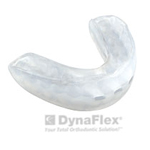
Positioners
Positioners complete the final tooth movements in your orthodontic treatment. With your full cooperation, you should only need to wear the positioner appliance for four to eight weeks.
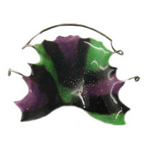
Retainers
Retainers may be removable or fixed. They hold your teeth in their new, correct positions after your teeth have been straightened. We will instruct you on how to care for your retainer and about the duration of the wear. Wearing your retainer as directed is crucial to prevent regression of your treatment.
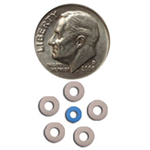
Separators or Spacers
Separators are little rubber bands that may be placed between your teeth to push them apart so orthodontic bands can be placed during your next appointment. The separators will be removed before we place the bands. Separators do not mix well with sticky foods, toothpicks, or floss.
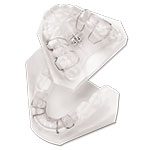
Twin Block Appliance
The twin block appliance is unique from other functional appliances, because it involves two separate appliances (one for the upper arch and one for the lower) that work together to create an advanced lower jaw position.
This patient-friendly appliance is worn full time, including while eating, though it is removable for easy hygiene. It is also more comfortable than other jaw-correcting appliances, since it is made out of smooth acrylic and utilizes fewer wires.
The result of using a twin block appliance is a broad, beautiful smile, proper jaw function, improved profile, and a stable and healthy temporomandibular joint.
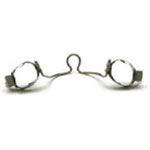
Space Maintainers (TPA, LLA, Band-Loop)
Space maintainers are used for a variety of reasons. The most common reason is to maintain current tooth position. If a baby tooth has been removed early and the permanent tooth is not ready to come in, we want to maintain the space where the baby tooth was, so the adjacent ones do not move into that position.
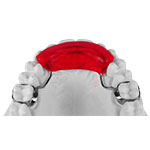
Anterior Bite Plane
An Anterior Bite Plane is typically used to help open a deep bite, also called an overbite. It can be fixed or removable.
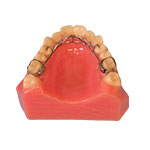
Habit Breaking Appliances (Tongue Guard, Tongue Tamers)
If a child has a finger-sucking habit, it will negatively affect the teeth and possibly also the jaws. Sometimes people also have a tongue-thrust habit, which can have the same effects as a finger-sucking habit. These appliances help break these habits and retrain the tongue on proper position.
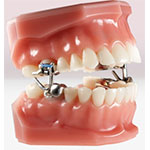
MARA
The MARA (Mandibular Anterior Repositioning Appliance) is designed to be a simple and durable bite corrector. The appliance is attached to the patient’s first molars with stainless steel bands. It is used to enhance the growth of the lower jaw in a forward direction, while at the same time applying pressure to the upper jaw in a backward direction. This appliance is generally used for approximately nine to 12 months of treatment.

 Website Powered by Sesame 24-7™
Website Powered by Sesame 24-7™